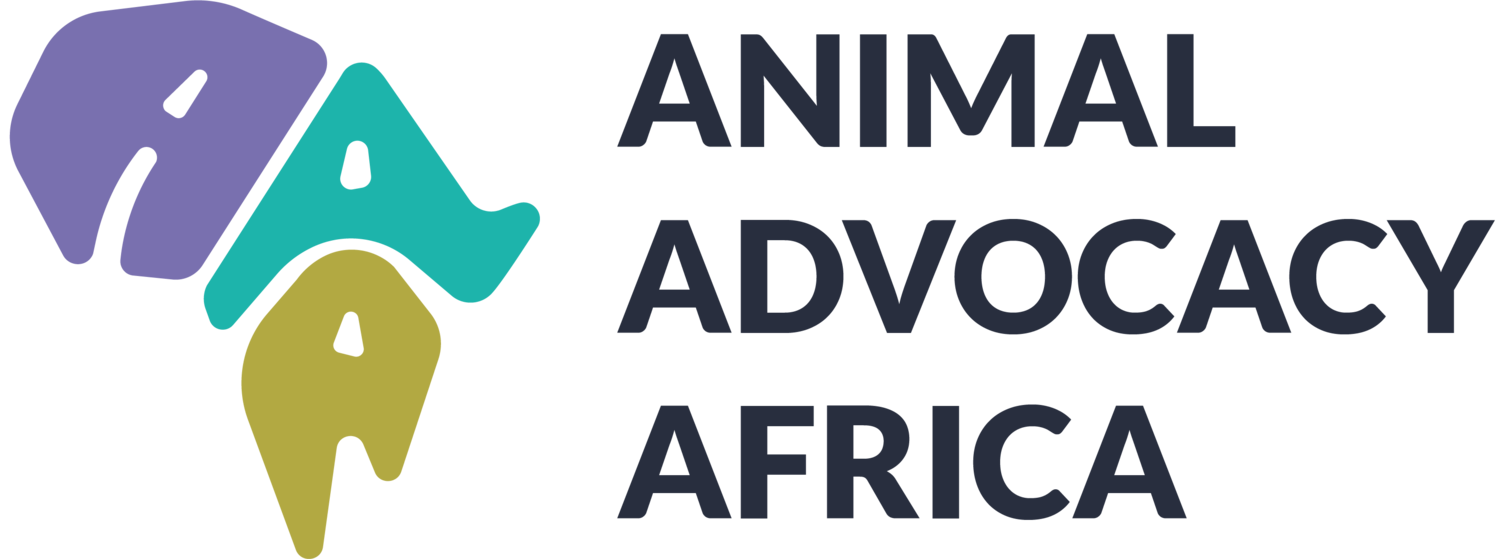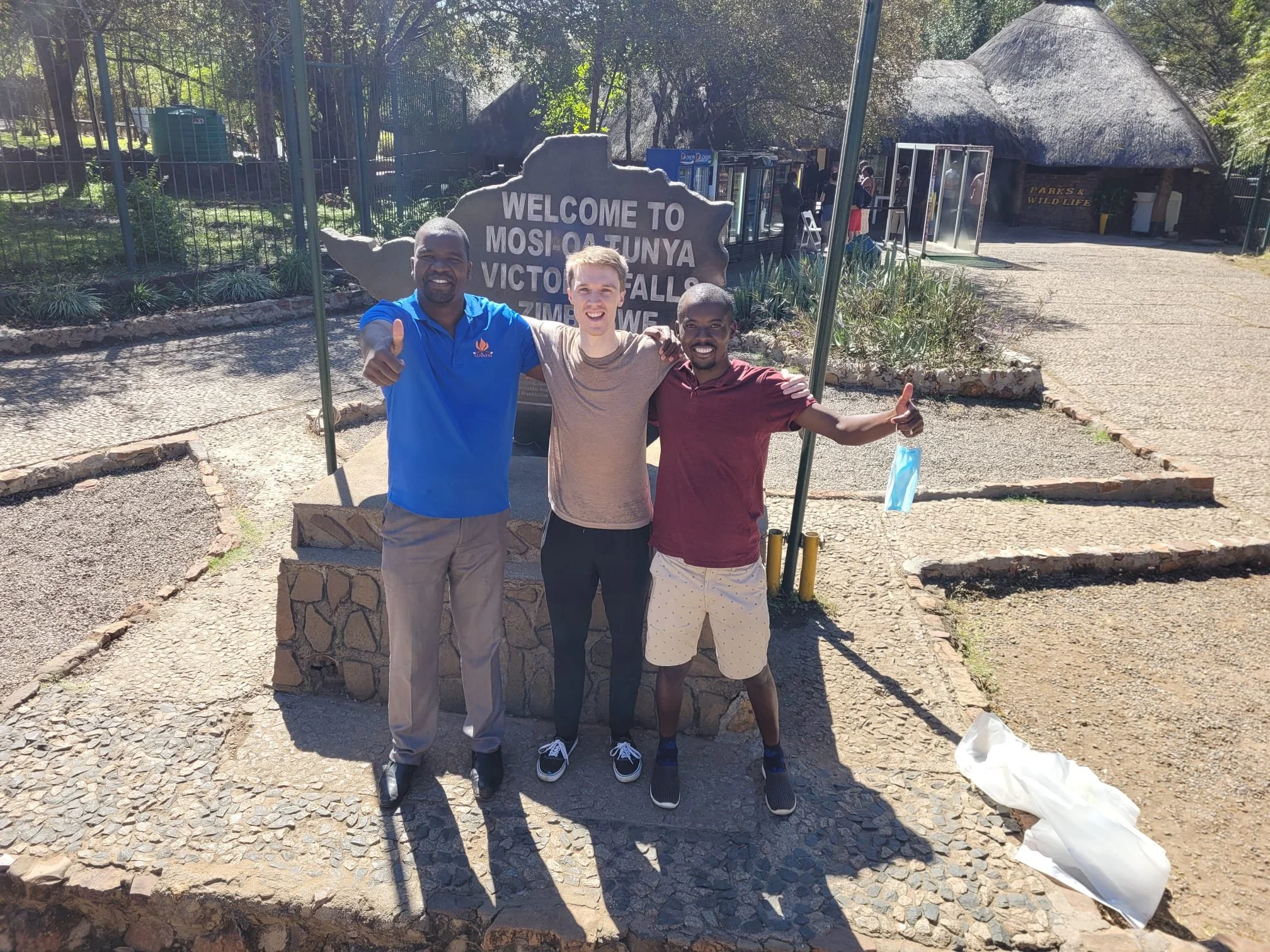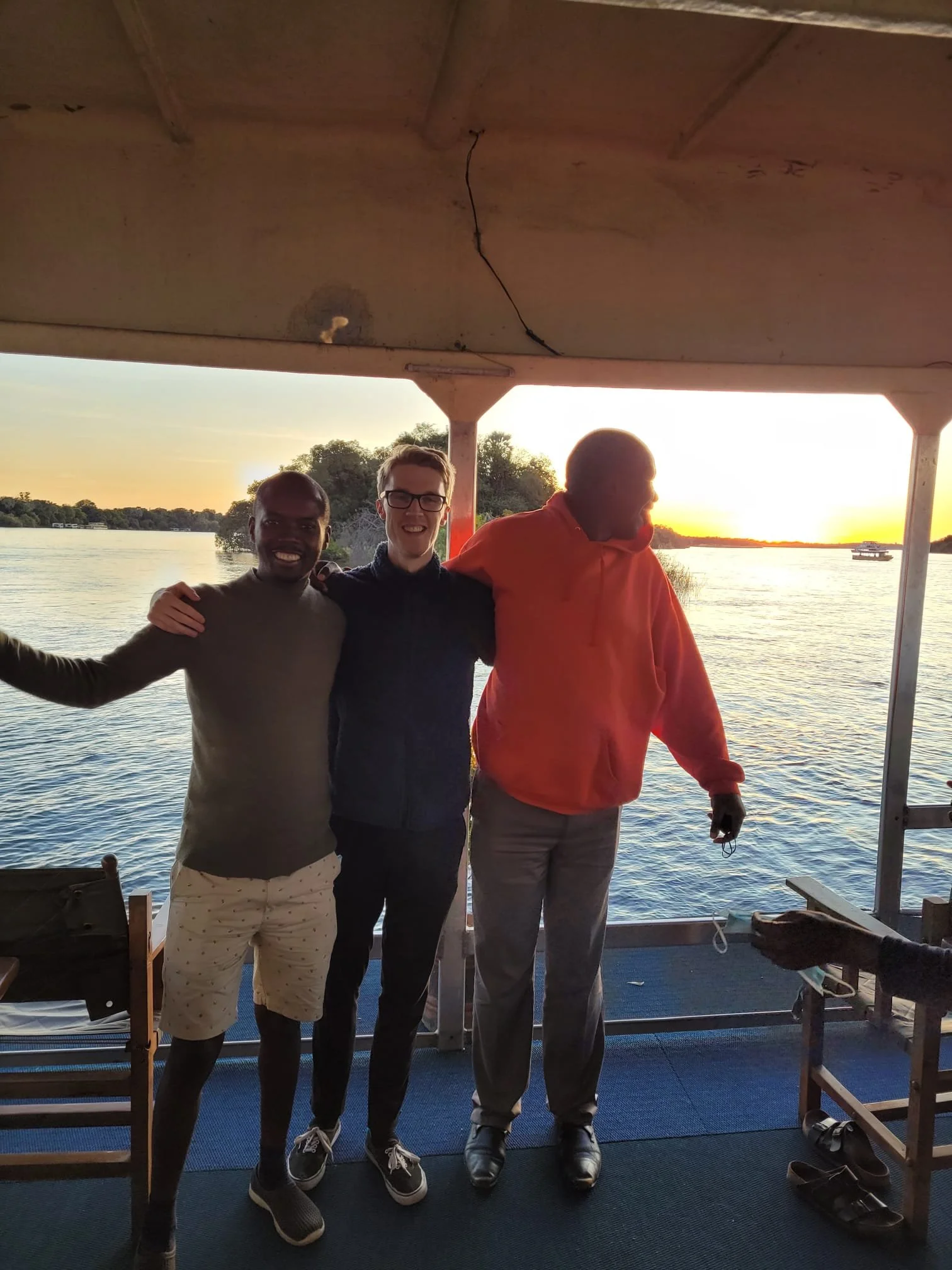Visiting Zimbabwe and the animal advocacy organisations we’re supporting
By Cameron King
I arrived in Harare, Zimbabwe on May 20th, meeting animal advocate and Executive Director of Help Initiatives People Organisation (HIPO), Happison Chikova, at the airport. It was wonderful to meet Happison in person and I am grateful that he was able to act as my guide for the duration of my time in Zimbabwe.
We discussed animal advocacy strategies in Africa, Happison’s plans for HIPO, and upcoming initiatives and organisations in Zimbabwe. One key takeaway from our discussion was that there were plenty of opportunities to influence government and laws relating to animal welfare on a national level.
In Harare, I met Fransisco from Equalia, an organisation based in Spain, who was working with African animal advocacy organisations (Alfred Sihwa from Sibanye Animal Welfare and Conservancy Trust; Sanele Ndlovu from Nurture Imvelo Trust) on cage-free campaigns. I also had an excellent chance to catch up with both Alfred and Sanele - we talked about their organisational campaigns and ideas for bringing in international support and funding for African organisations. It was great to hear their ideas and dedication towards their organisations. I was also glad to hear of Alfred’s plan to officially register as a 501(c)3 organisation.
Moving on to Victoria Falls, I met with Tawanda Mazango from Lupane Youth for Development Trust. We had an in-depth discussion about LYDT’s interventions and current farming practices (e.g. cages and pens for farmed animals). One of Tawanda’s excellent suggestions was to reinvigorate indigenous knowledge systems and embrace ways of life - a unique cultural aspect of Africa's relationship to animals which would enable Africans and animals to live in harmony, mutually improving the welfare of humans and animals. Tawanda suggested this knowledge could be further incorporated into bylaws and policies.
Tawanda also suggested we consider offering financial support for lobbying. He mentioned missing out on a lobbying opportunity to change Zimbabwe's animal cruelty laws simply because he did not have enough funding to cover the $500 travel cost to the conference. This seems like an unfortunate, missed opportunity for animal advocacy in general. We also discussed ways to move African organisations and the work that advocates are doing further into the limelight. We agreed that providing more opportunities for advocates to attend conferences seemed worthwhile.
Finally, I met with Linda and Ndlende from Humane Africa Trust and Tikobane Trust respectively. It was excellent to have a joint discussion on the animal welfare landscape in Africa. I was glad to hear suggestions such as publishing the work that our supported organisations are doing on AAA’s website, using our capacity and exposure as an international organisation to benefit African animal advocacy organisations who are not necessarily connected to the global movement. Linda was also keen for us to continue organising our webinar and group sessions for organisations, which we would love to continue providing.
We discussed the idea of an African animal advocacy conference to bring together organisations for collaboration to further strengthen the animal advocacy agenda. This seems like a promising idea that I am keen to bring to the attention of more animal advocacy organisations.
I also had the opportunity to collect data through an in-person survey with all the organisations we are supporting in Zimbabwe. This will be used for impact evaluation purposes so we can determine what is valuable to organisations and continue to improve our capacity building efforts.
Overall, reflecting on my trip to Zimbabwe, I was impressed by the individual advocates that I spent time with and their tireless and passionate efforts to help animals despite numerous challenges such as a lack of resources. It is clear to me that financial support continues to be one of the largest bottlenecks for animal advocacy work on the continent. This trip has furthered my motivation and drive to support African organisations.



